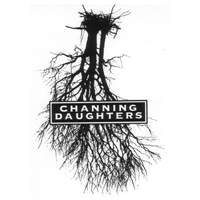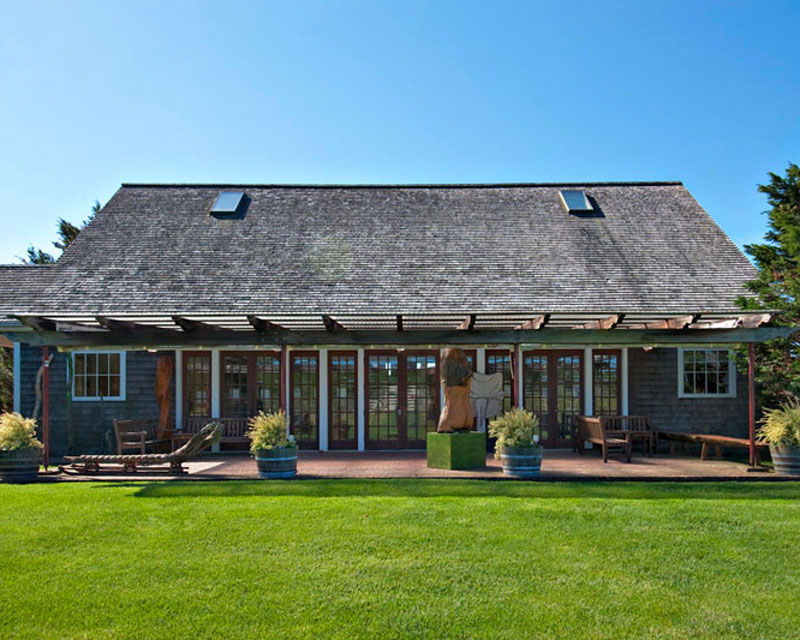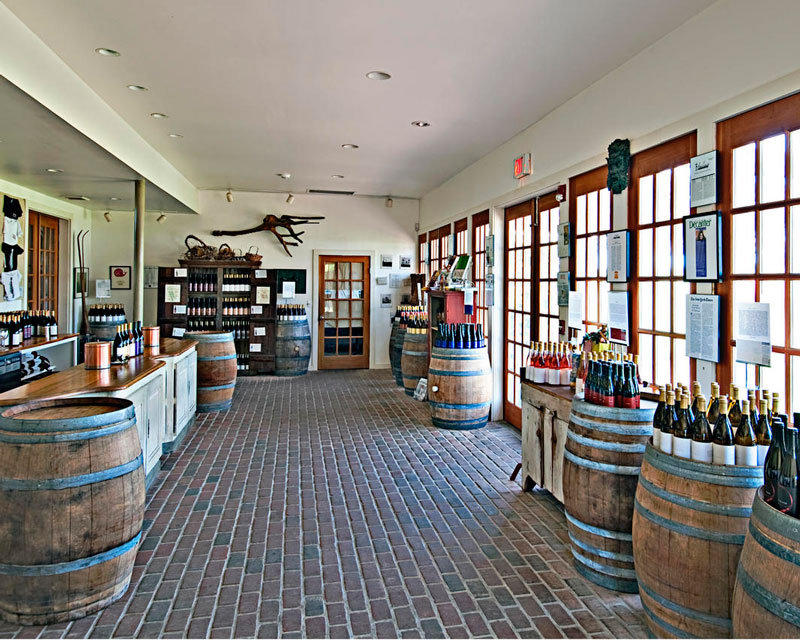Channing Daughters Winery
Water, Energy, and Chemical Assessment helps pursuit of Sustainability-Based Opportunities
 Channing Daughters Winery in Bridgehampton, New York, is committed to sustainability and in 2011 helped launch Long Island Sustainable Winegrowing, a non-profit organization to promote sustainability in the wineries of Long Island. Their typical wine production is 12,000 cases or 30,000 gallons per year. The business consists of the winery and tasting room in one building and another building for inventory storage and barrel aging. The New York State Pollution Prevention Institute (NYSP2I) at Rochester Institute of Technology (RIT) worked with Channing Daughters to find practical approaches to minimize water and chemical use and to conserve energy. This project, funded by the New York State Department of Environmental Conservation was carried out from March to June 2014.
Channing Daughters Winery in Bridgehampton, New York, is committed to sustainability and in 2011 helped launch Long Island Sustainable Winegrowing, a non-profit organization to promote sustainability in the wineries of Long Island. Their typical wine production is 12,000 cases or 30,000 gallons per year. The business consists of the winery and tasting room in one building and another building for inventory storage and barrel aging. The New York State Pollution Prevention Institute (NYSP2I) at Rochester Institute of Technology (RIT) worked with Channing Daughters to find practical approaches to minimize water and chemical use and to conserve energy. This project, funded by the New York State Department of Environmental Conservation was carried out from March to June 2014.
“Channing Daughters found the RIT team thoughtful, creative and thorough. We were able to better understand how to conserve energy and water. We were able to implement several of their recommendations.” - Lawrence Perrine, Channing Daughters Winery

Achievements to date

Opportunities
After performing a site assessment of Channing Daughters, NYSP2I and CEEL specialists made a series of recommendations to improve the winery’s sustainability strategy. These are listed below.
To reduce water use:
- Clean equipment with a high pressure, low flow spray unit instead of typical industrial hose nozzles to reduce water use during harvest. High pressure spray equipment cleans effectively by boosting the water pressure while keeping the flow rate low, typically below 2 gallons per minute. Other benefits include shorter cleaning times and, if hot water is used, less hot water is needed, bringing about some energy savings.
- Improve the barrel cleaning water line to be either timer controlled or volume controlled to maintain consistent barrel cleaning and consistent water use.
To be more energy-efficient:
- Install an equipment management system for the chillers and air conditioning systems in the winery building. This will reduce the demand charges and provide electricity cost savings.
- Insulate the chiller tanks. The chiller energy costs for tartrate stabilization can be reduced significantly by insulating the chiller tank walls with a low cost foam wrap. This is the most promising and simple option to save electricity.
- Replace propane with natural gas to save on heating costs. Preliminary calculations indicate for a given amount of BTU value, propane gas is 7 times more expensive than natural gas.





